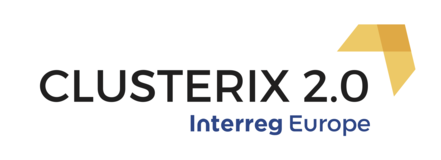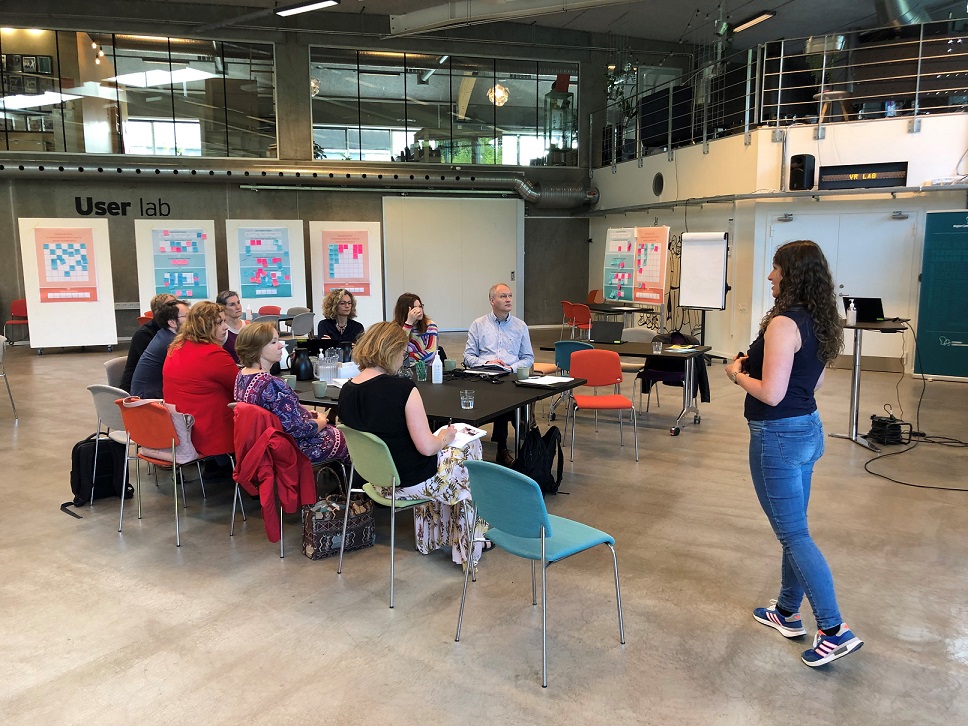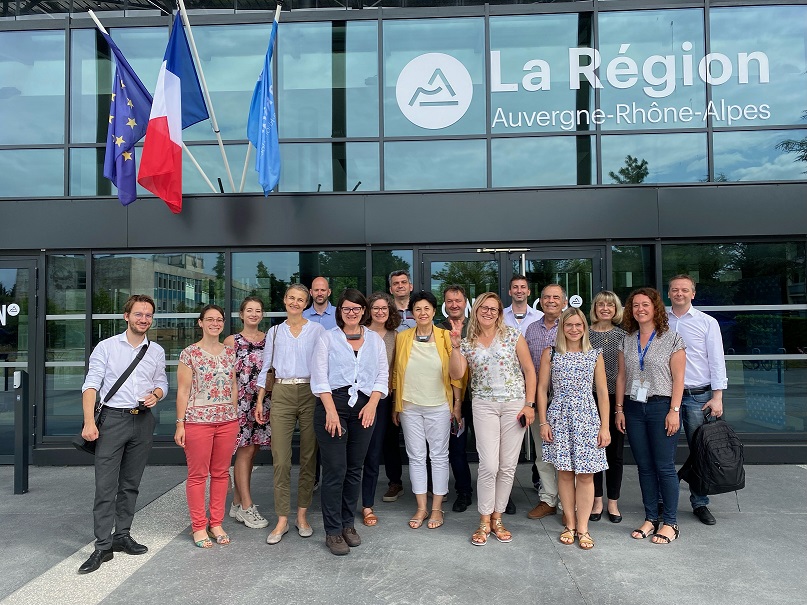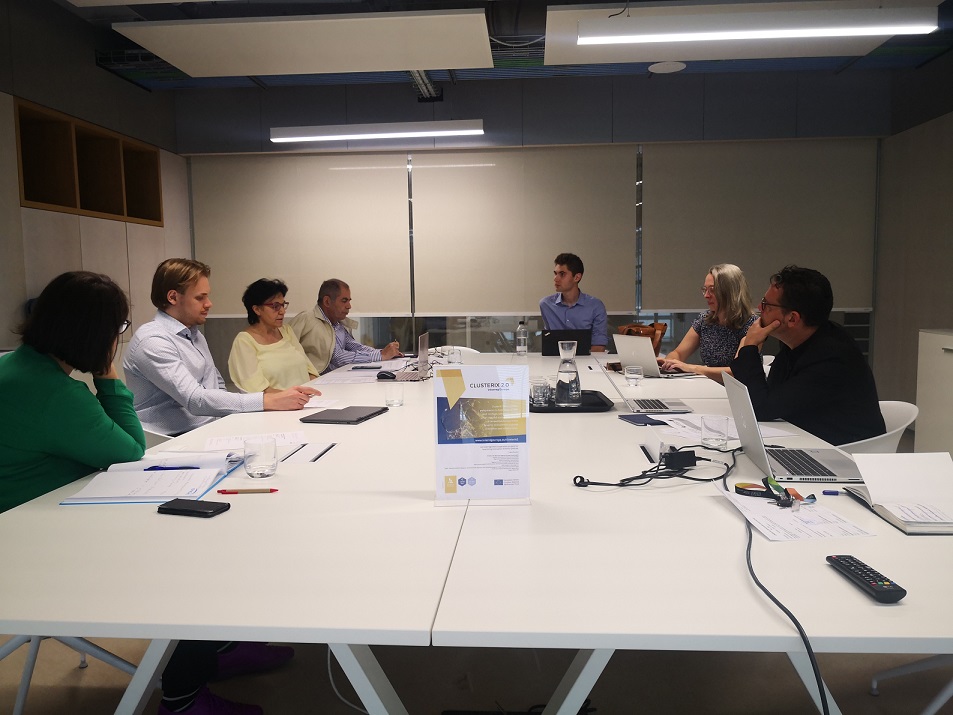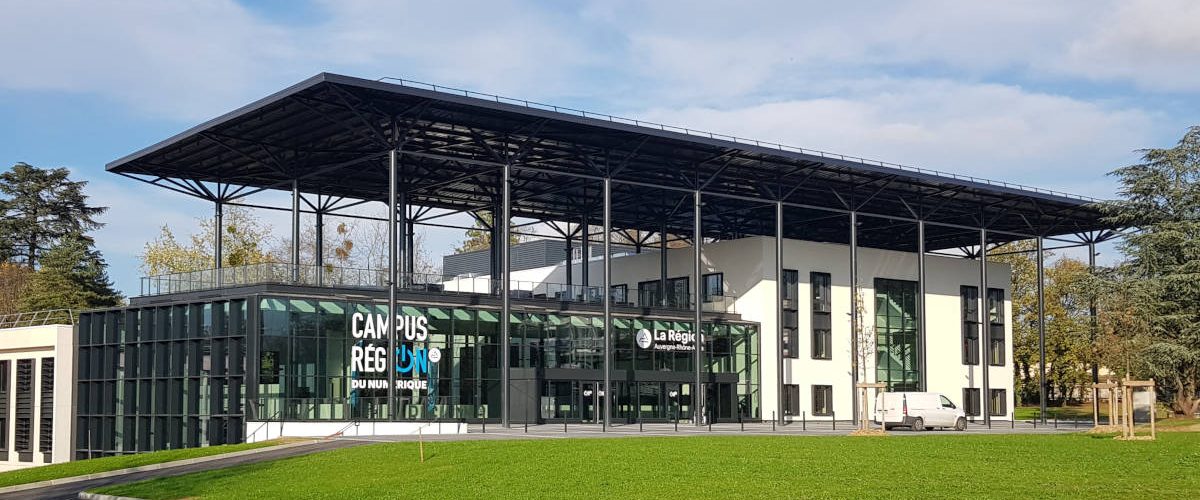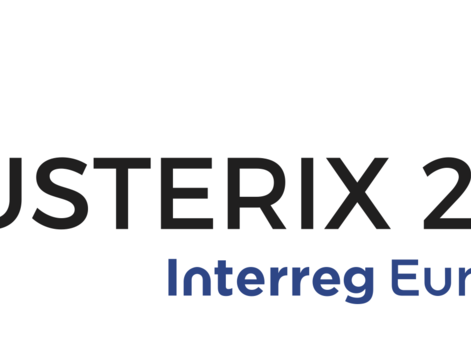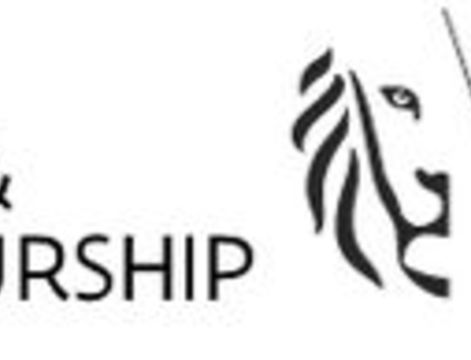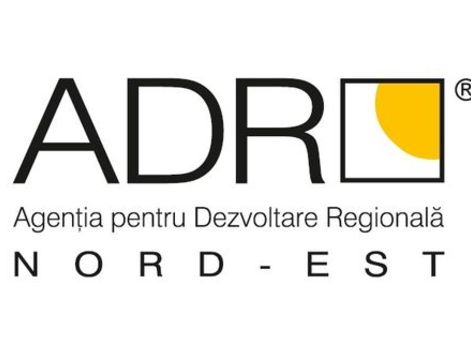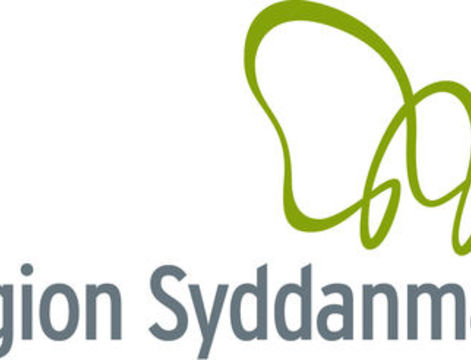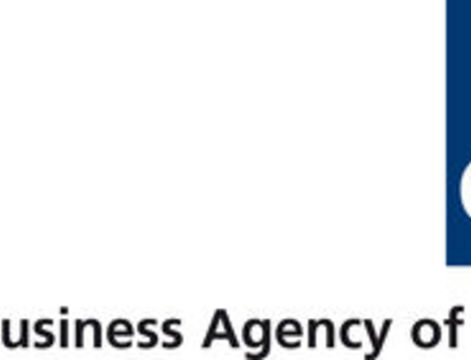This event, themed ‘co-creation’, included two presentations by experts on the matter, as well as workshops on real-life cases, that proved to be a nice addition to the ‘design’ workshops organised in the ClusterIX2.0 meeting in Kolding, Denmark.

This stakeholder meeting aimed to introduce cluster representatives to co-creation in general and to methods for applying co-creation in order to improve their activities, strengthen their network and increase the opportunities for future collaboration with their stakeholders.
The event also served as a stakeholder meeting for the Interreg Europe project CLUSTERIX 2.0.
Two main experts were invited to talk about co-creation: Piet Verhoeve (IMEC) and Tom Suykerbuyk (Flanders DC). Together they presented an overview of methods to stimulate and apply co-creation as well as to initiate and facilitate collaboration between stakeholders.
Mr. Piet Verhoeve, introducing co-creation along with the highlights of his book ¨Win-winnovation¨ (Win-winnovatie, 2017; co-authored by Helga Deschrijver), highlighted that to create win-wins in innovation, is to create space for it: goals don’t have to be identical, they should be aligned. Having an open mind, learning from one another and to think outside the scope of your own discipline or value chain is essential to stay innovative in a rapidly changing environment. Luckily, open mindedness can be trained and inspiration can be found all around us. Let the streetcombing begin!
Mr. Tom Suykerbuyk introduced the ‘triple (multiple) diamond approach’ for co-creation, which represents three phases: research, ideation and conceptualization. Each phase diverging (generating ideas) and converging (selecting) to defining, ‘why&who’, ‘what’ and ‘how’. He stated that co-creation starts with research: finding a well-defined problem that is worth solving. When it comes to diverging, open mindedness is key, as quantity breeds quality.
After the inspiring presentations, participants learned to put theory into practice in their own co-creation workshops, supervised by Flanders DC. During these workshops, real-life cases were presented in order to apply co-creation methods, like the triple (multiple) diamond, to help clusters with their cases and to exchange experiences. Even though there were no direct, bite size answers to most of the cases, cluster representatives left with new found inspiration to proceed working on them.
For more information about the Flemish clusters, please visit our website.
The presentations (in Dutch) can be found here.
